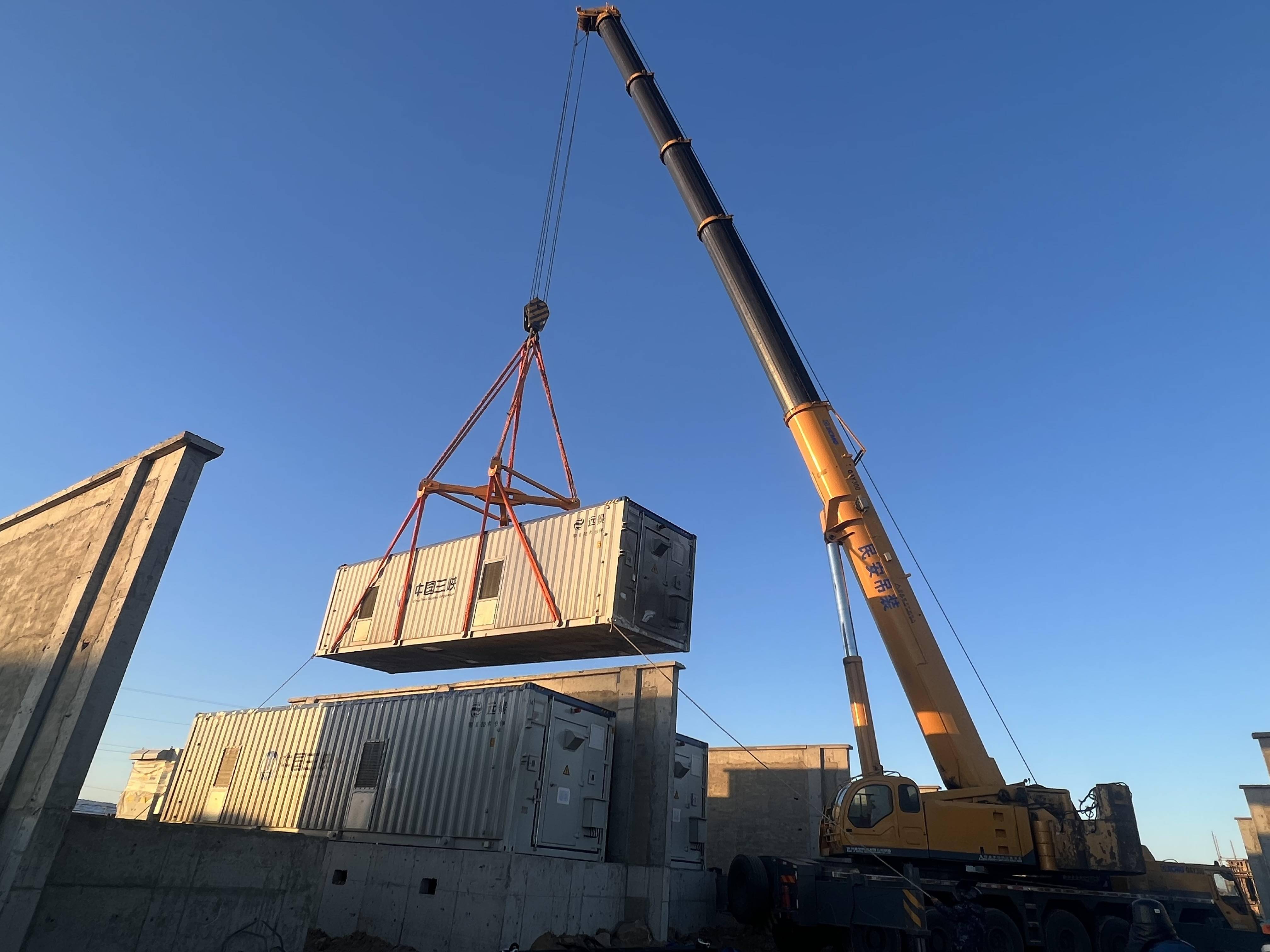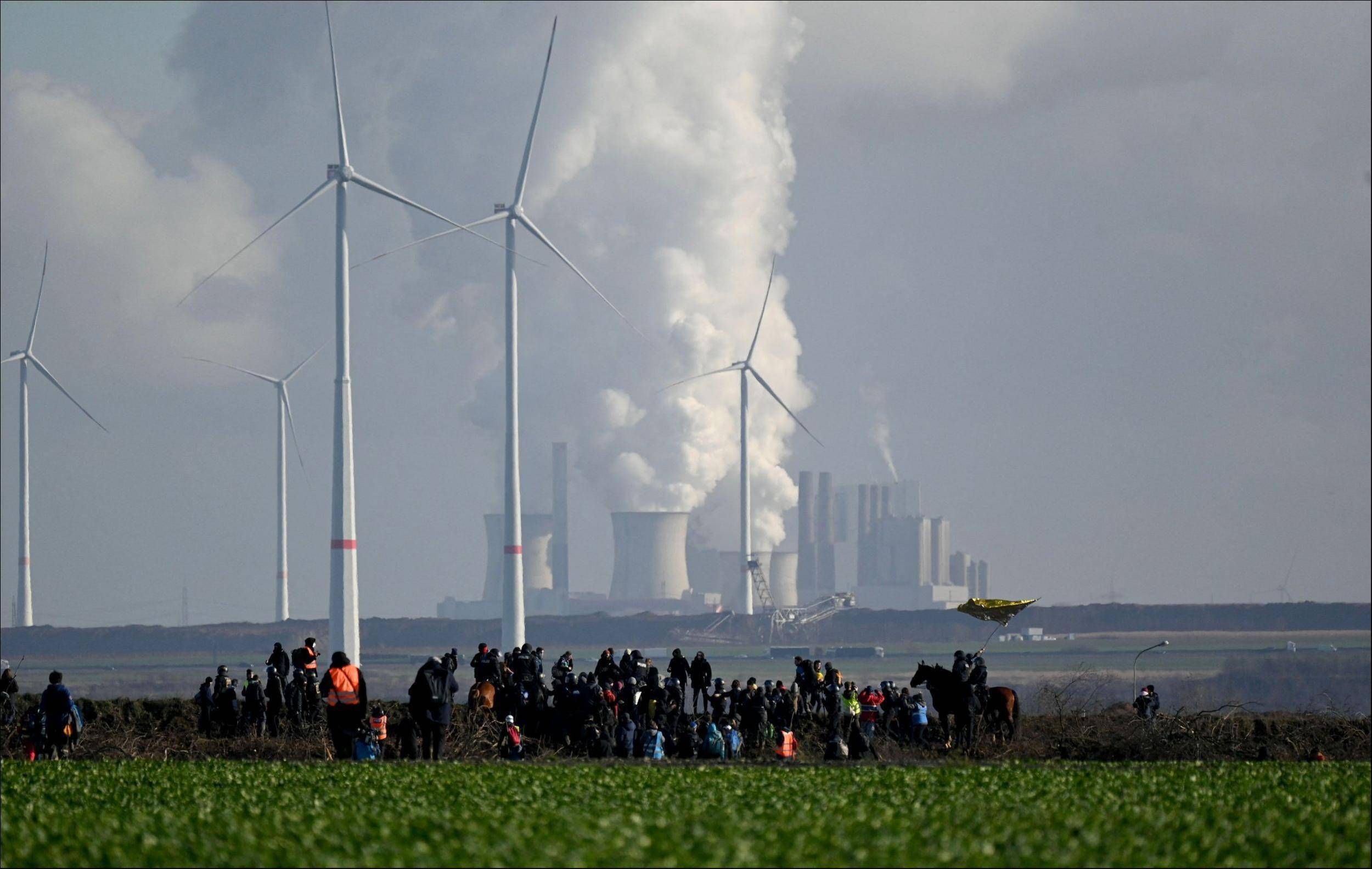
Dec . 01, 2023 15:22 Back to list
World’s energy storage capacity forecast to exceed a terawatt-hour by 2030
Cumulative energy storage installations globally are expected to surpass the terawatt-hour mark before 2030, driven by renewable energy investments and government policies that promote grid flexibility. According to forecasts, lithium-ion batteries will provide the majority of this capacity. By the end of 2030, the global cumulative capacity is projected to reach 1,877 gigawatt-hours (GWh) with an output of 650 gigawatts (GW). Lithium-ion battery storage alone will reach 1.6 terawatt-hours (TWh) by 2030, indicating significant growth compared to the previous year's figures.
In its report for the first half of this year, published in March, DNV had predicted a cumulative installed capacity of 508 GW and 1,432 GWh by the end of 2030. However, the actual figures have shown even greater leaps, with the end-of-year estimates now at 650 GW and 1,877 GWh. This substantial increase highlights the growing demand for energy storage solutions worldwide.

By 2050, lithium-ion installations are expected to reach 22 TWh, with the majority being utility-scale solar PV integrated with lithium-ion batteries. Additionally, there will be a smaller portion of standalone lithium-ion battery storage and long-duration energy storage (LDES) technologies, adding up to approximately 1.4 TWh. However, the report suggests that legacy LDES technology, such as pumped hydro energy storage (PHES), is unlikely to see significant growth, remaining around the current capacity of 3 TWh.
Lithium-ion batteries are projected to experience significant innovation, with the cost of utility-scale battery energy storage systems expected to fall below $200/kWh by 2030. By 2050, the cost could be as low as around $130/kWh. DNV also acknowledges the potential of LDES technologies, particularly vanadium redox flow batteries (VRFBs), for applications ranging from 8 to 24 hours. These technologies may offer cost advantages over lithium-ion batteries. However, the adoption of these newer technologies may depend on policy support and the continuous reduction of costs.
While the need for high power applications like frequency regulation and ancillary services is currently driving storage demand, the report highlights that as storage capacity exceeds 0.5% of total grid-connected energy resources, the focus will shift to high energy applications that require longer durations of storage. This shift towards longer durations is already evident in leading regional energy storage markets like California, the UK, and Texas' ERCOT market, where average durations have increased from around one hour to 2 to 4 hours in recent years.

Regarding long-duration energy storage (LDES), the case for its widespread adoption remains unclear, despite numerous project announcements in the US and China. By the end of 2023, cumulative LDES installations are estimated to reach 1.4 GW and 8.2 GWh. However, the future growth of LDES will depend on its ability to demonstrate its value proposition and overcome technical challenges.
The energy storage sector is expected to experience 34% year-on-year growth in 2023, with a total of 42 GW and 99 GWh of deployments. This growth is predicted to continue with a compound annual growth rate (CAGR) of approximately 27% through 2030, surpassing the previous estimate of 23% CAGR. By the end of the decade, annual installations of 110 GW and 372 GWh are expected. This expansion is driven by the increasing capacity and diverse energy-driven applications for storage.
Overall, the forecasts indicate a significant increase in global energy storage installations, mainly driven by lithium-ion battery technology. As renewable energy investments and government policies continue to promote grid flexibility, the industry is poised for substantial growth. With the falling cost of energy storage technologies and an evolving market landscape, the future looks promising for the development and deployment of storage solutions that support renewable energy integration and grid stability.
Related products:
Mobile-PW-512 Portable Household Energy Storage System
Will be removed if infringing
Reference website:https://www.energy-storage.news
-
Stackable Battery System: Revolutionizing C&I Energy Storage with Suzhou ACDC
NewsJul.21,2025
-
Revolutionizing EV Charging with Suzhou DC Quick Charging Stations Solutions
NewsJul.21,2025
-
Revolutionize Your Power Needs with Suzhou ACDC's Portable Power Station Solutions
NewsJul.21,2025
-
Outdoor Integrated Temperature Control Cabinet: Elevating Energy Storage Cabinet Efficiency
NewsJul.21,2025
-
Container Type Energy Storage System: Revolutionizing Energy Storage with Stackable Battery Solutions
NewsJul.21,2025
-
Advanced Self-Cooling Energy Storage Cabinet Solutions
NewsJul.21,2025























